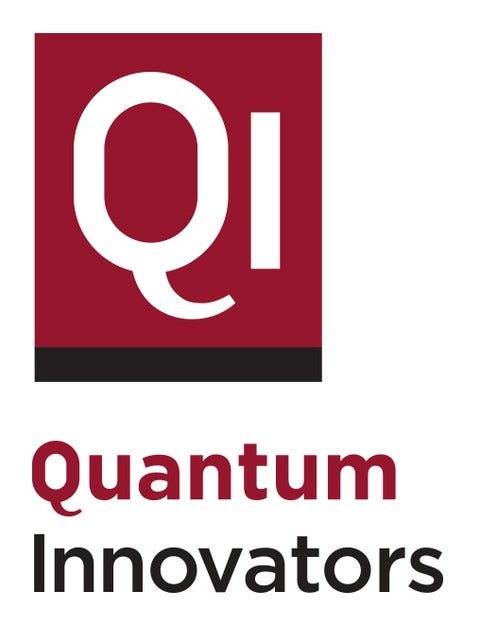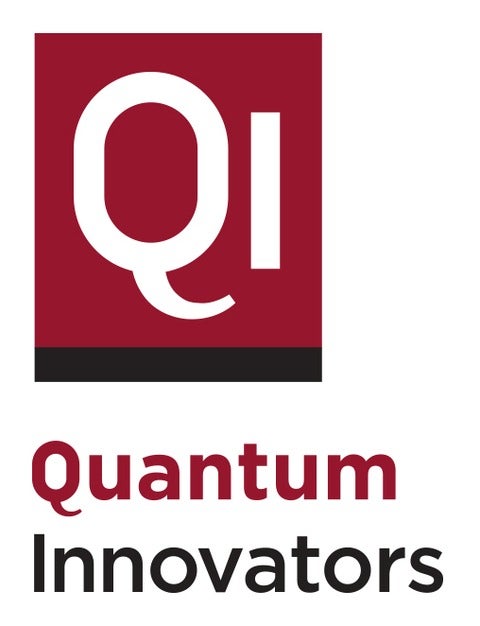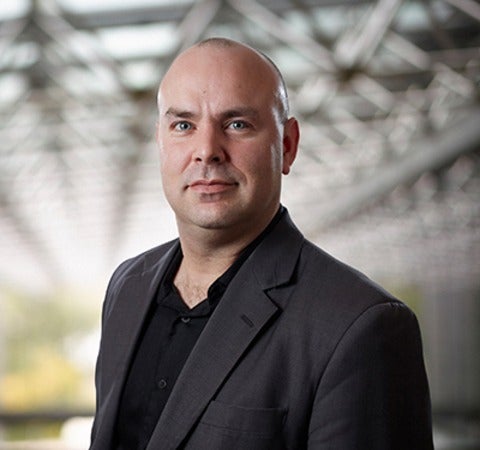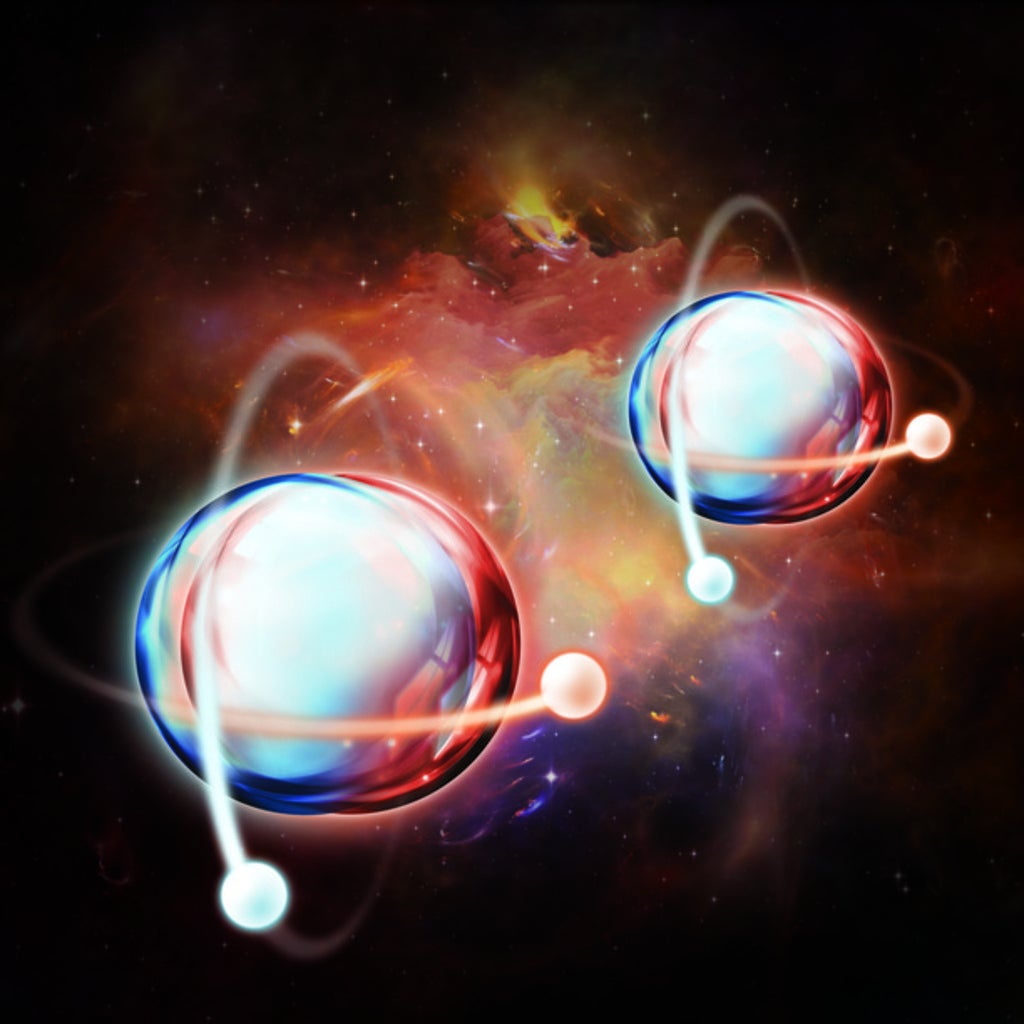Few-body physics in Rydberg atoms
Lida Zhang, Texas A&M University
Rydberg atoms, which possess large-dipole moments and the resulting strong dipole- dipole interactions, have been intensively investigated owing to its potential applications in diverse fields ranging from quantum nonlinear optics to quantum information and computation. Exclusive examples includes photon blockade, attractive photons and single-photon transistors, to mention a few.



